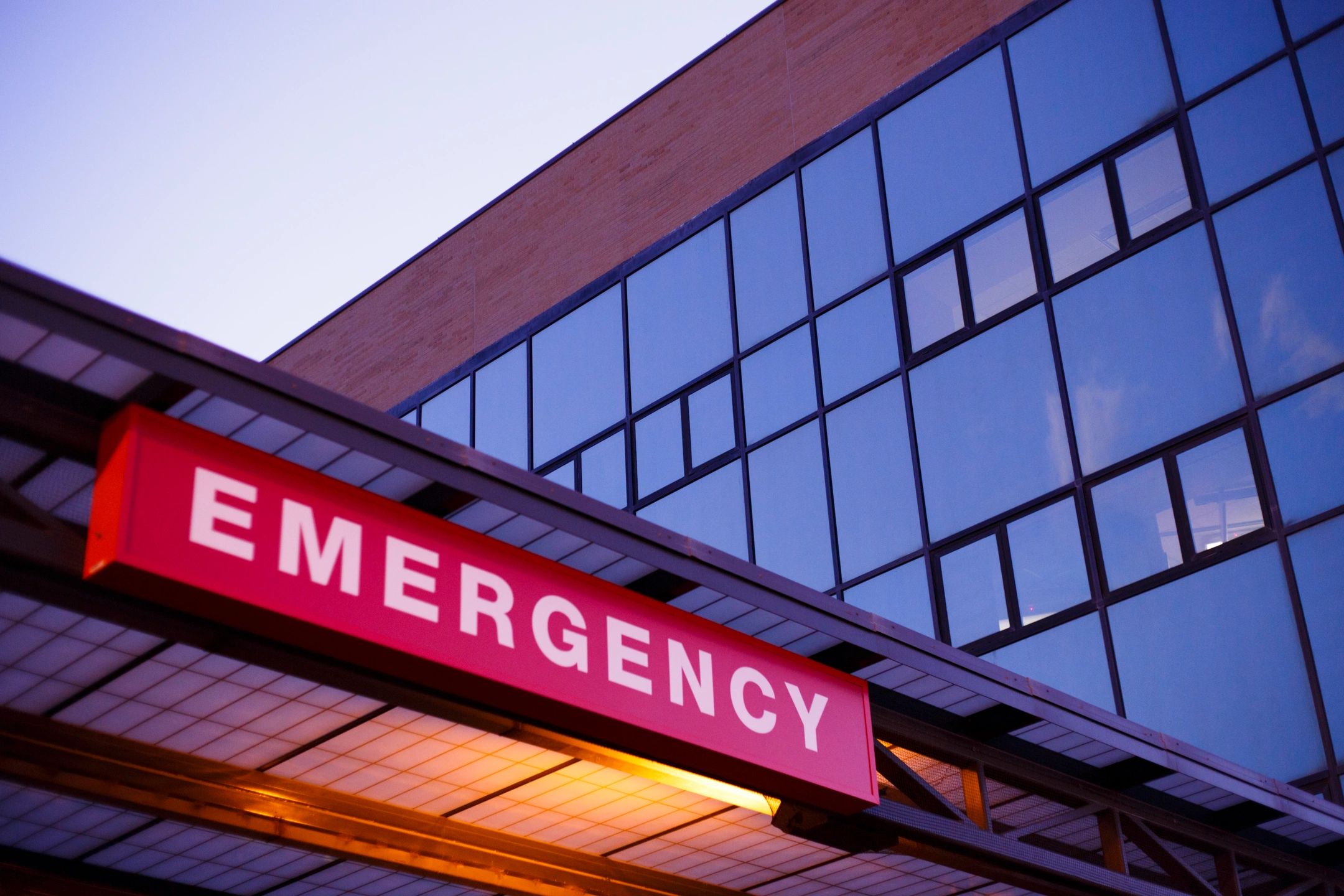It’s 6:00 pm on a Friday. Your neurologist and family doctor have gone home for the weekend. Your pain has reached a level you didn’t believe possible and your meds aren’t touching it. What now?
It’s a predicament that most of us have found ourselves in, and when it happens there is often no clear path forward. Combine that scenario with a hospital Emergency Department unfamiliar with the best practices for treating a TN crisis, and you have a recipe for utter despair.
I know of many patients whose doctors have arranged standing instructions for them at the local hospital – instructions that detail the best intervention in the case of a TN crisis. If your physician welcomes your involvement in the treatment of your TN, consider sharing the below “doctor to doctor” tips.
What to do in a crisis?
Zakrzewska JM, Linskey ME. BMJ Clinical Review: Trigeminal Neuralgia. BMJ 2014;348:g474
Patients who develop severe unremitting pain often attend emergency departments and are usually given opioids, although there have been no reported trials investigating this. However, opioids anecdotally have no effect on this pain, and they have not been recommended by NICE guidelines.1 Clinical experience shows that local anaesthesia injected into a trigger area can help pain relief. This technique was used in a randomised controlled trial combining ropivacaine and gabapentin, and even those patients who only had ropivacaine showed short term reduction in pain.2 In a randomised controlled trial of 25 patients with second division pain, those given an 8% spray of lidocaine as opposed to saline had a statistically significant decrease in pain for a mean of four hours.3
There is one report of three patients responding to intravenous infusion of fosphenytoin,4 although this should be performed only under specialist supervision because hospital admission and cardiac monitoring are required. This procedure can help to break the cycle and should be followed up by an increase of oral drug treatments. Patients sometimes need to be admitted for rehydration and possible management of hyponatraemia if they have used high doses of antiepileptic drugs. Good oral hygiene needs to be maintained to prevent any additional dental pain, and a hygienist may be needed to provide more detailed instructions. Patients in a crisis should be kept calm because they can feel overwhelmed by the pain and its continuation, which can induce more attacks.5
1. NICE. Neuropathic pain—pharmacological management. The pharmacological management of neuropathic pain in adults in non specialist settings. NICE clinical guideline 173. 2013:1-41.↩
2. Lemos L, Flores S, Oliveira P, Almeida A. Gabapentin supplemented with ropivacain block of trigger points improves pain control and quality of life in trigeminal neuralgia patients when compared with gabapentin alone. Clin J Pain 2008;24:64-75.↩
3. Kanai A, Suzuki A, Kobayashi M, Hoka S. Intranasal lidocaine 8% spray for second-division trigeminal neuralgia. Br J Anaesth 2006;97:559-63.↩
4. Cheshire WP. Fosphenytoin: an intravenous option for the management of acute trigeminal
neuralgia crisis. J Pain Symptom Manage 2001;21:506-10.↩
5. Moisset X, Villain N, Ducreux D, Serrie A, Cunin G, Valade D, et al. Functional brain
imaging of trigeminal neuralgia. Eur J Pain 2011;15:124-31.↩

